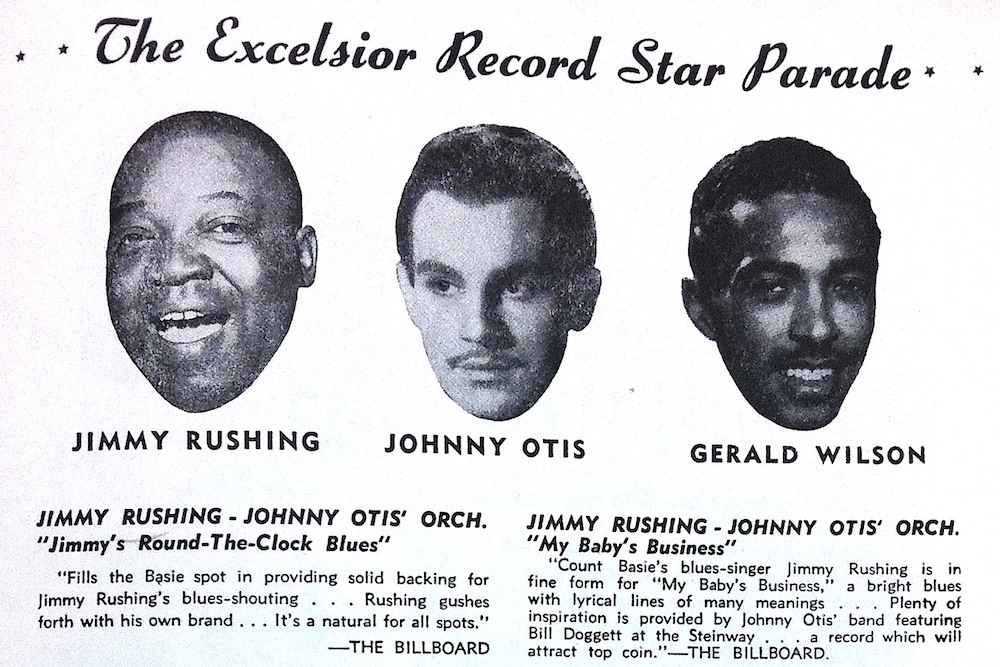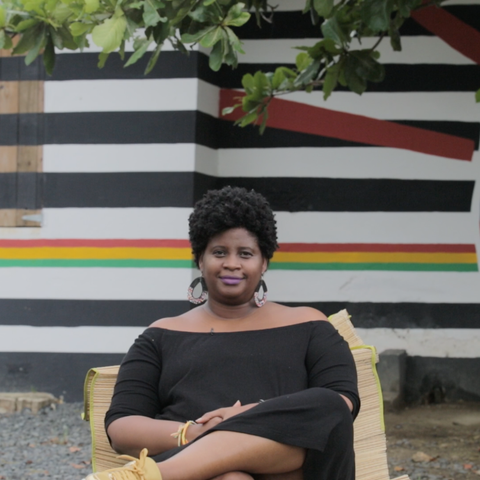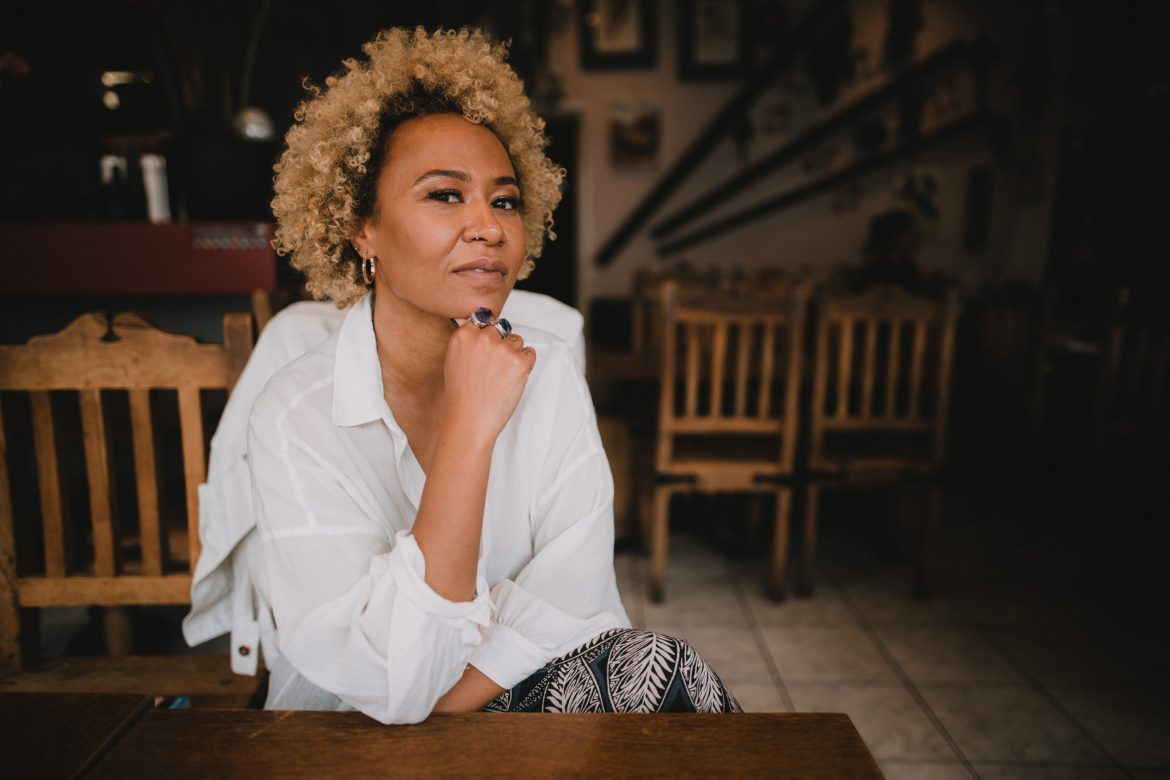“I’m Black, Native, gay, and I’m proud”: Fentress LeBeau shares his story about being a minority among his peoplePosted in Articles, Biography, Gay & Lesbian, Media Archive, Native Americans/First Nation, United States on 2019-09-26 00:52Z by Steven |
West River Eagle
Eagle Butte, South Dakota
2019-09-25
Alaina Adakai (Alaina Beautiful Bald Eagle), Managing Editor
Much can be said about Fentress LeBeau — with his energetic wit and bright smile, he can light up any room. Standing 6’ tall, with his hair in long braids, Fentress makes no effort to hide his chin strap beard, even as he wears glittery eyeshadow and vibrant lipstick.
By just being himself, the 20-year old Eagle Butte resident unintentionally draws attention, which sometimes results in negative and violent responses from others.
After years of suppressing his feelings and finally being confident with his identity, Fentress said he is ready to bring awareness to the two-spirit community on Cheyenne River, a sensitive topic that is not usually talked about openly; however, it is matter of great cultural significance that must be addressed, said Fentress.
Childhood memories: always knowing he was different
Fentress is the son of Amber LeBeau, a Lakota descendant of Chief Swift Bird (Oohenumpa), and an African American father. Fentress said many of his childhood memories were of being bullied for being different, first for his skin color, and then for his sexual orientation.
“Whenever we were three or four years old, people would bully us because my sister and I were black. At that age, I don’t think people knew I was two-spirited, so the bullying was because of my skin color,” said Fentress…
Read the entire article here.









